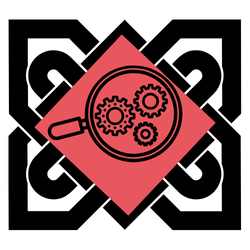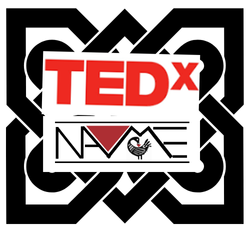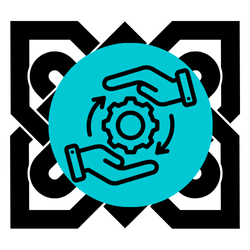

Social Justice Action
Click the EVIDENCE links for annotated bibliographies of supporting research.![]() Students recognize their own responsibility to resist exclusion, prejudice and injustice in their everyday lives, despite pressure from others to do otherwise or displeasure from those around them who may thwart their efforts for social justice. Based on an analysis of roots of discrimination and colonization, and working as allies for equity and justice, they plan and carry out strategies of participatory democratic activism, and evaluate the effectiveness of various strategies. For teachers, this means learning activism in one's own life.
Students recognize their own responsibility to resist exclusion, prejudice and injustice in their everyday lives, despite pressure from others to do otherwise or displeasure from those around them who may thwart their efforts for social justice. Based on an analysis of roots of discrimination and colonization, and working as allies for equity and justice, they plan and carry out strategies of participatory democratic activism, and evaluate the effectiveness of various strategies. For teachers, this means learning activism in one's own life.
- Third grade teacher Pang Xiong describes her own trajectory of learning to become an activist.
EVIDENCE shows that through community-based experiences and explicit teaching in the context of disciplines, students of color can learn to recognize their own responsibility to resist injustice in everyday life, despite pressure from others to do otherwise or prior socialization.
| Watch third grade teacher Pang Xiong scaffold a social action project with her students | Fourth grade teacher Marisol Moreno discusses forms of activism her students have learned in her class |
EVIDENCE shows that through community-based projects, or curriculum and pedagogy that weaves social action throughout, students can learn to plan and carry out strategies of participatory democratic activism that work for social justice in their own environment.
JUMP to these Student Outcomes:
 Positive academic identities
Positive academic identities Positive social identities
Positive social identities Respectful engagement with diverse people
Respectful engagement with diverse people Social justice consciousness
Social justice consciousnessFIND additional resources on these pages:
 Case Studies: Pedagogy in Action
Case Studies: Pedagogy in Action FAQs on Multicultural Learning
FAQs on Multicultural Learning TEDx Talks by NAME Members
TEDx Talks by NAME Members Resources for Professional Development
Resources for Professional Development
